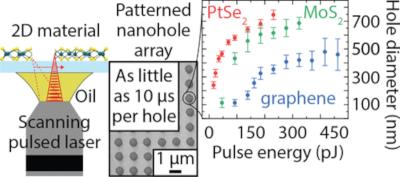Scientists at DARPA, Siemens, US ARMY, Georgia Tech Research Institute, and Paragraf - through recently acquired Cardea Bio, now Paragraf San Diego - presented novel multiomics capabilities, by detection of both protein and RNA biosignals simultaneously on a single graphene-based biosensor.
Dr. Kiana Aran, Chief Innovation Officer at Paragraf San Diego, stated: “Having a single technology platform that can detect both protein and DNA/RNA biosignal analytes at the same time on a small-scale detection device, is a major technological advancement. While it initially will impact when and where we can detect viral infections, with time it will also work for other types of diseases. This will enable new, better, and way faster diagnoses for any types of diseases or biothreats.”




